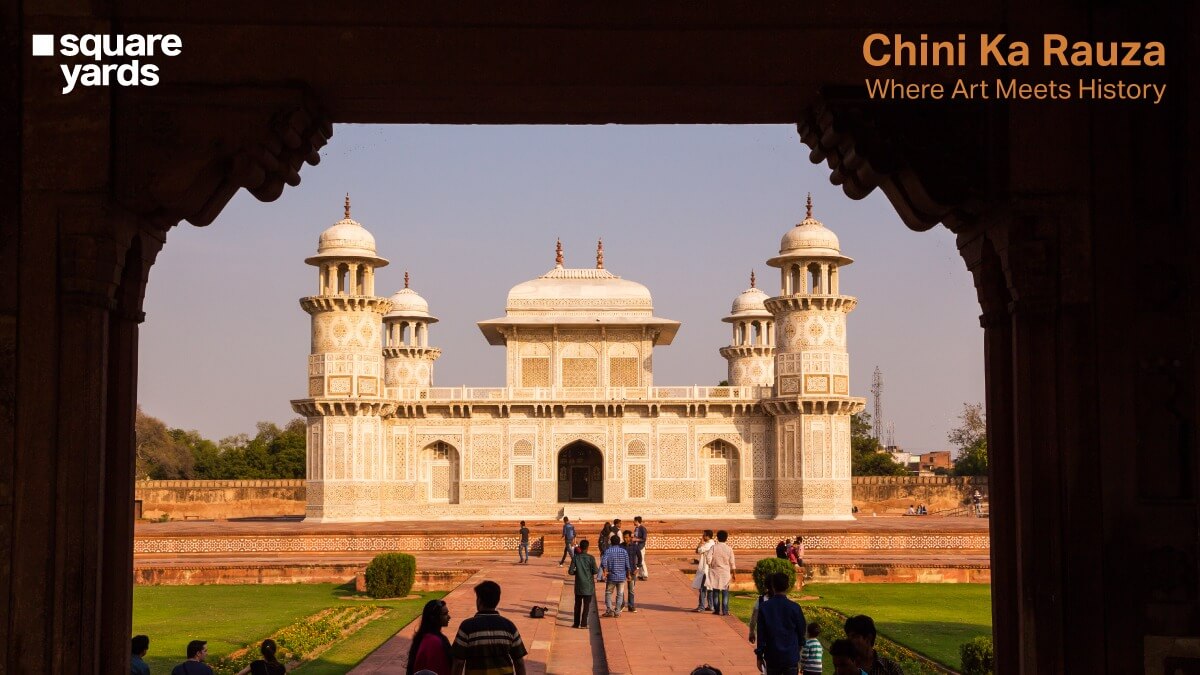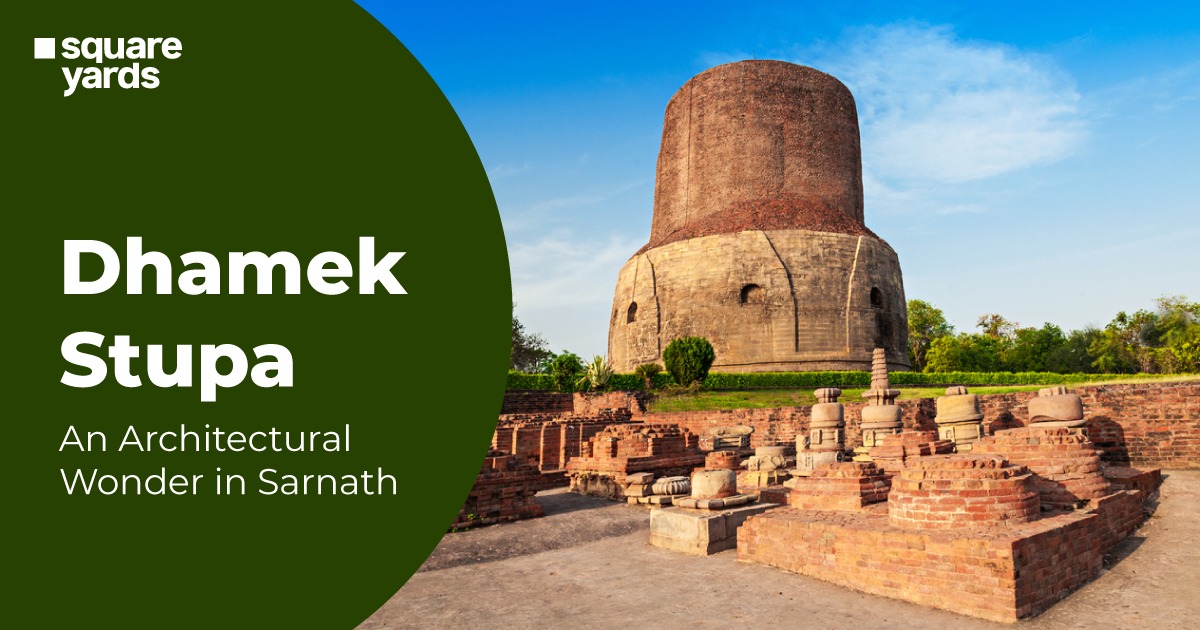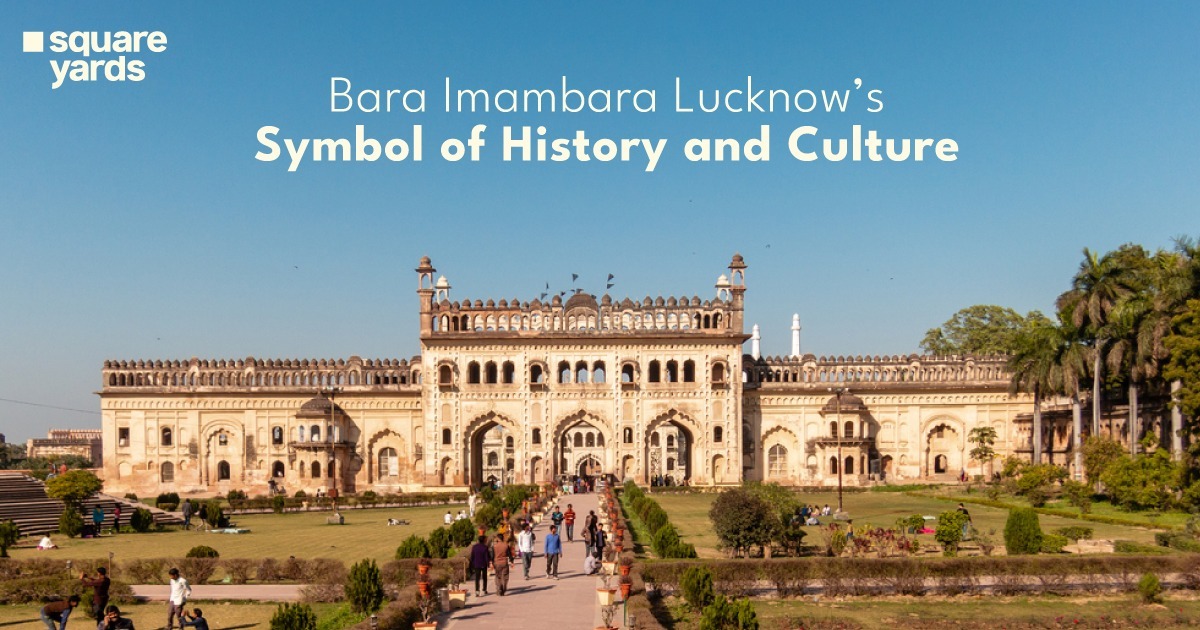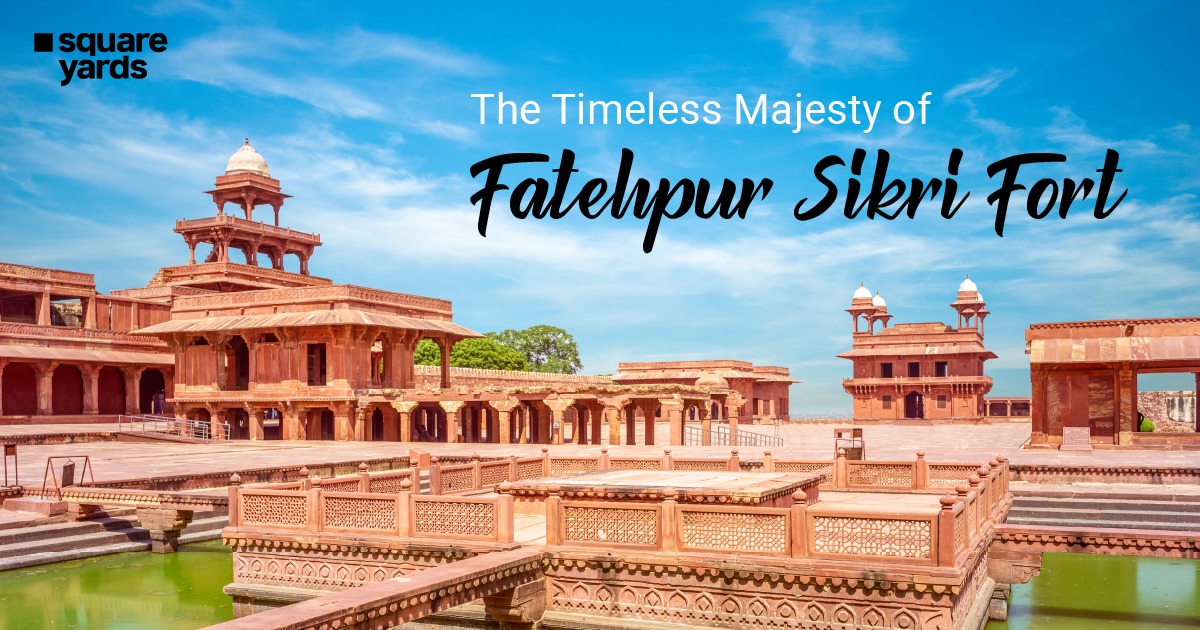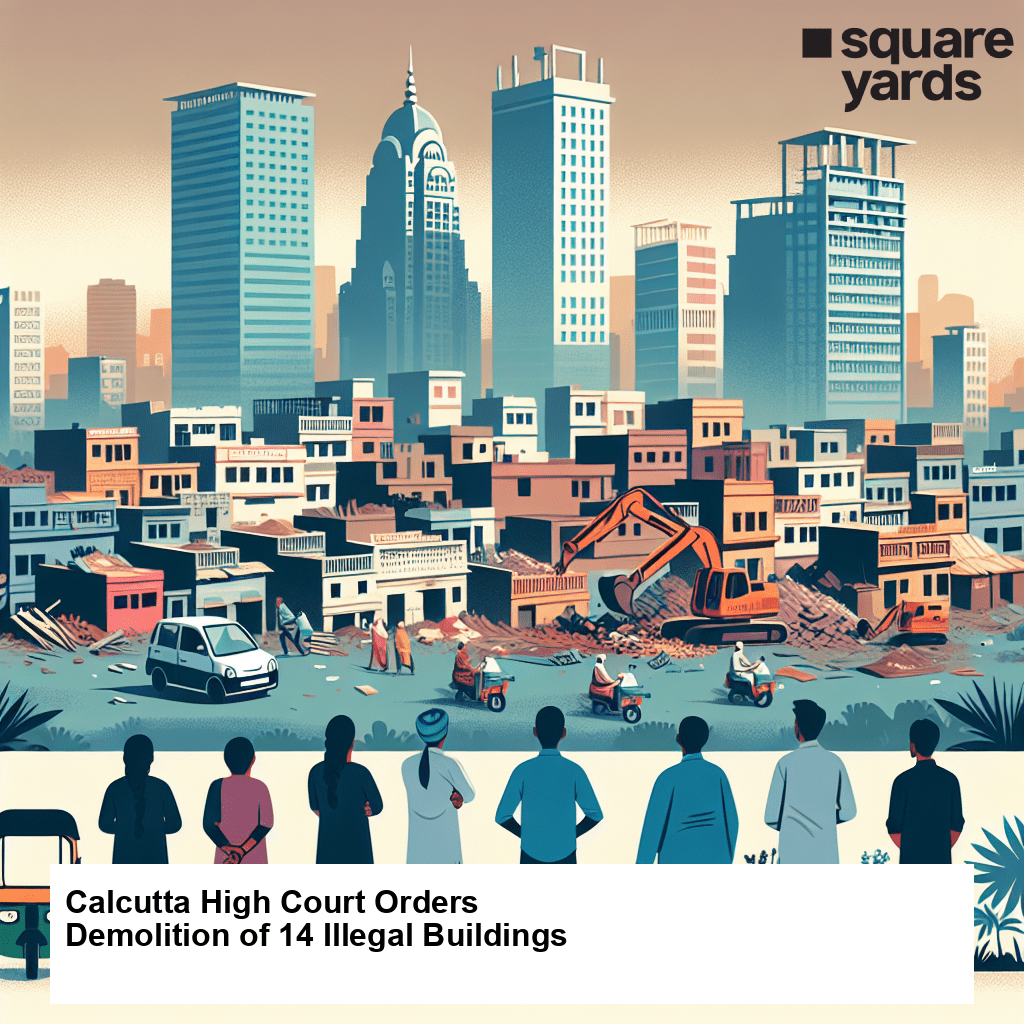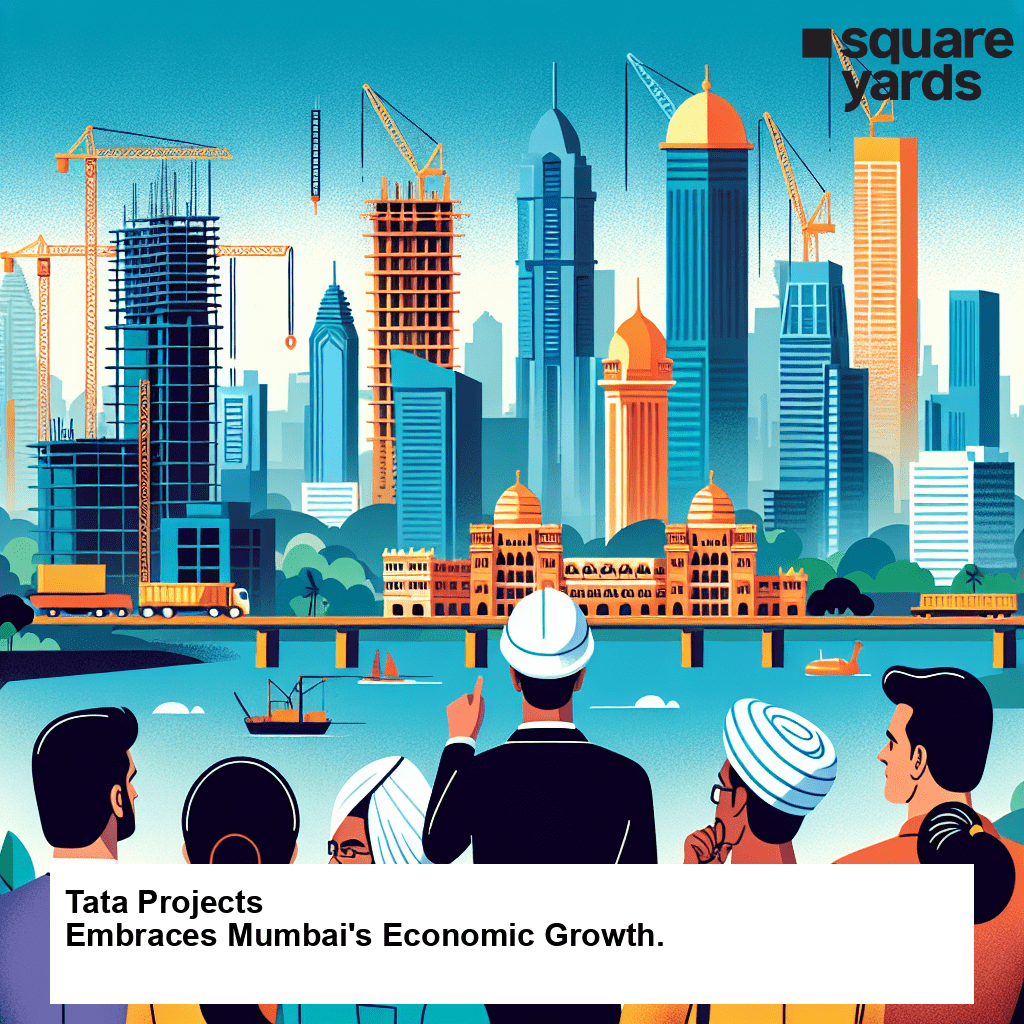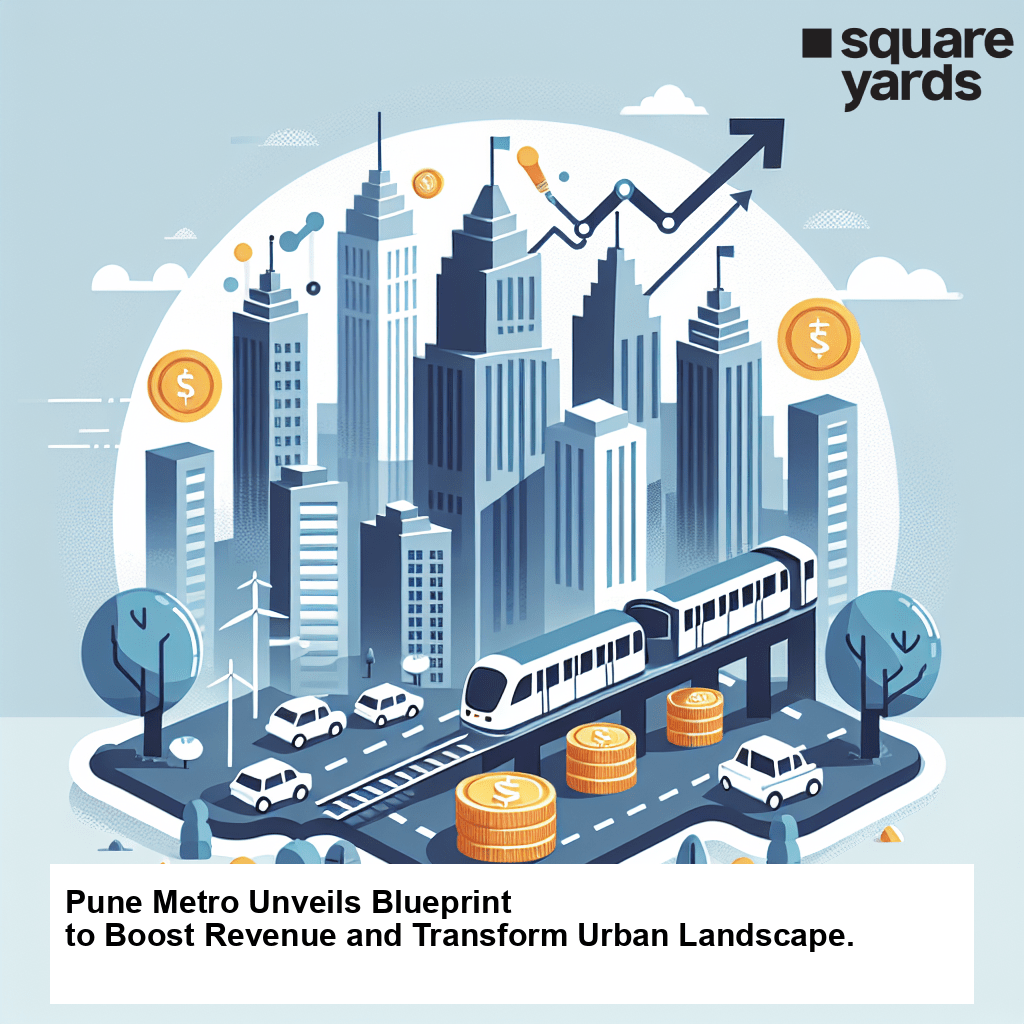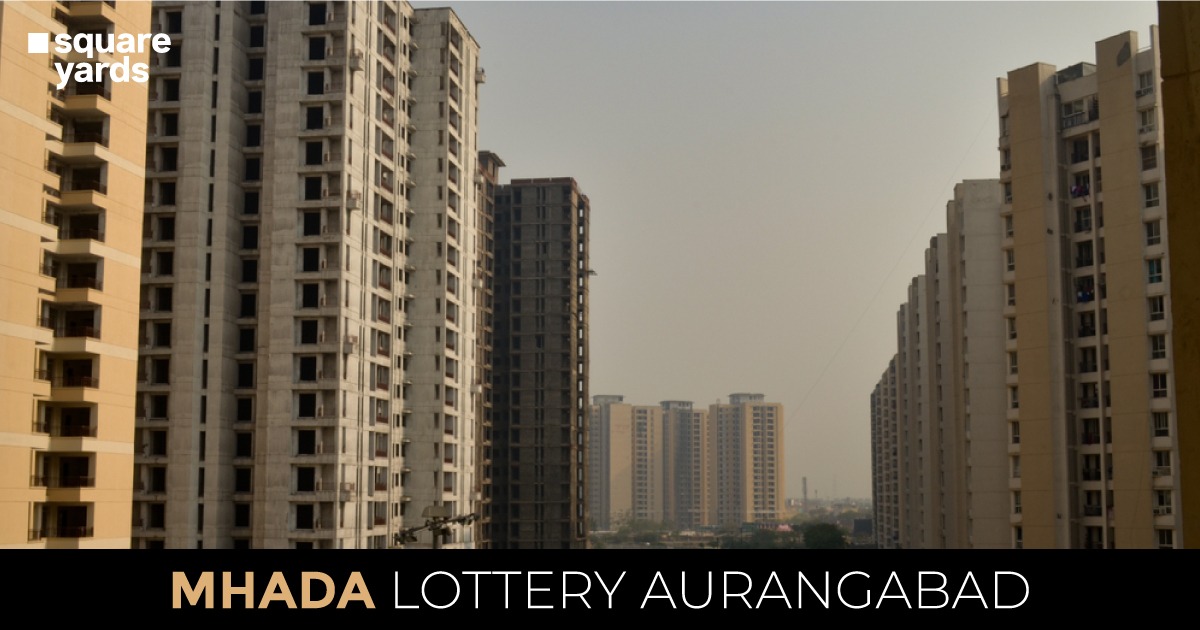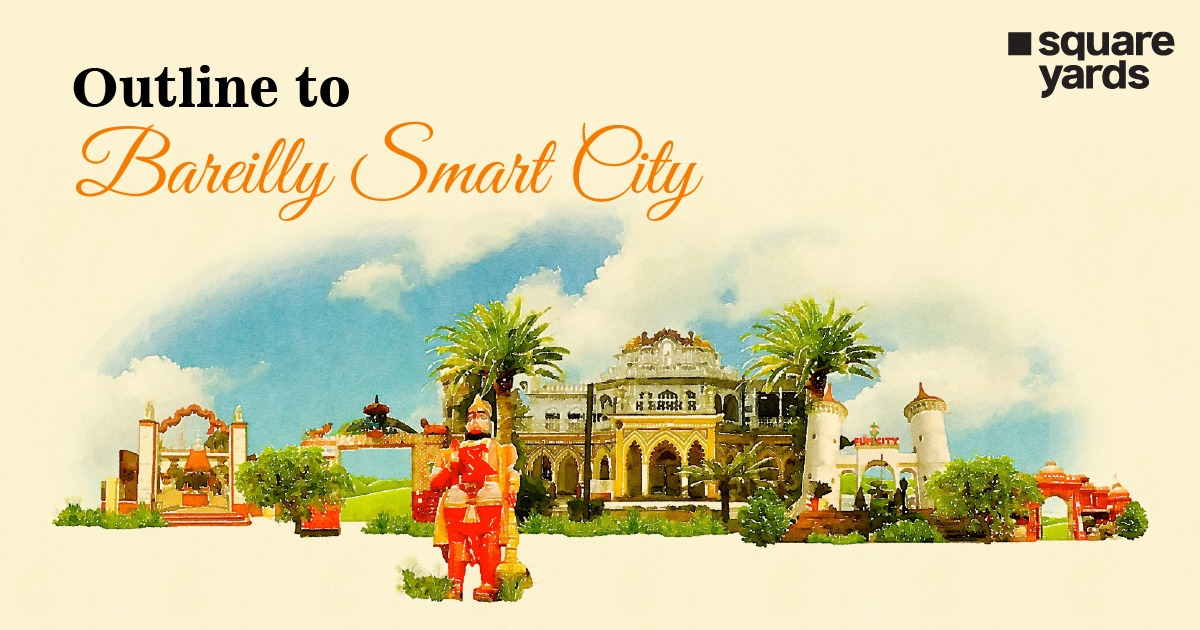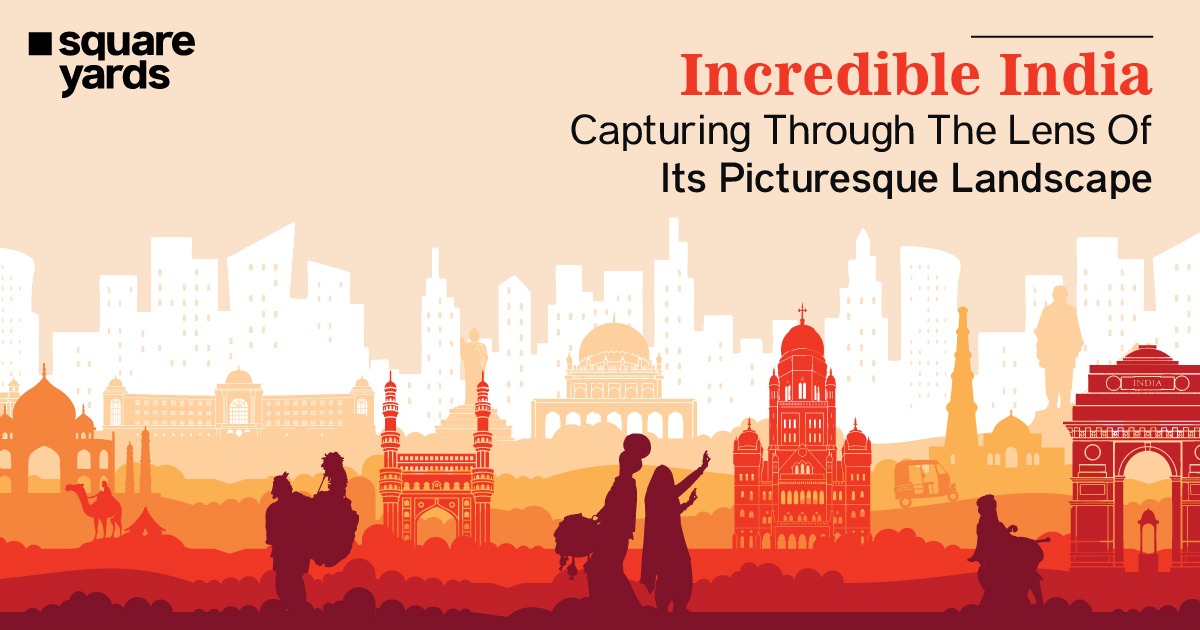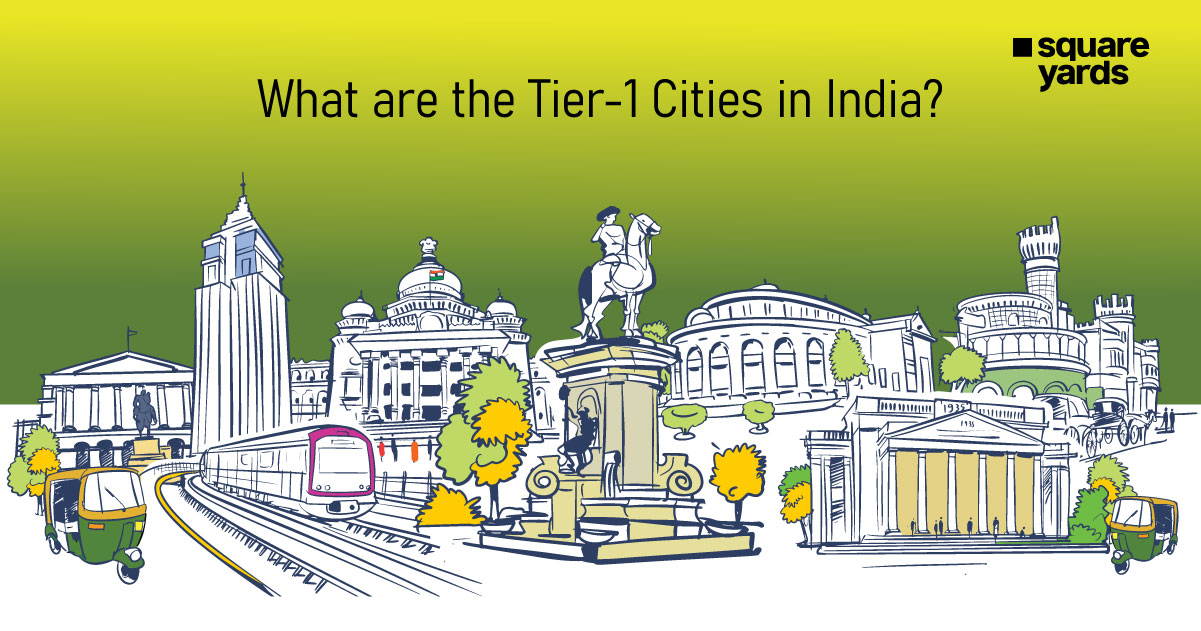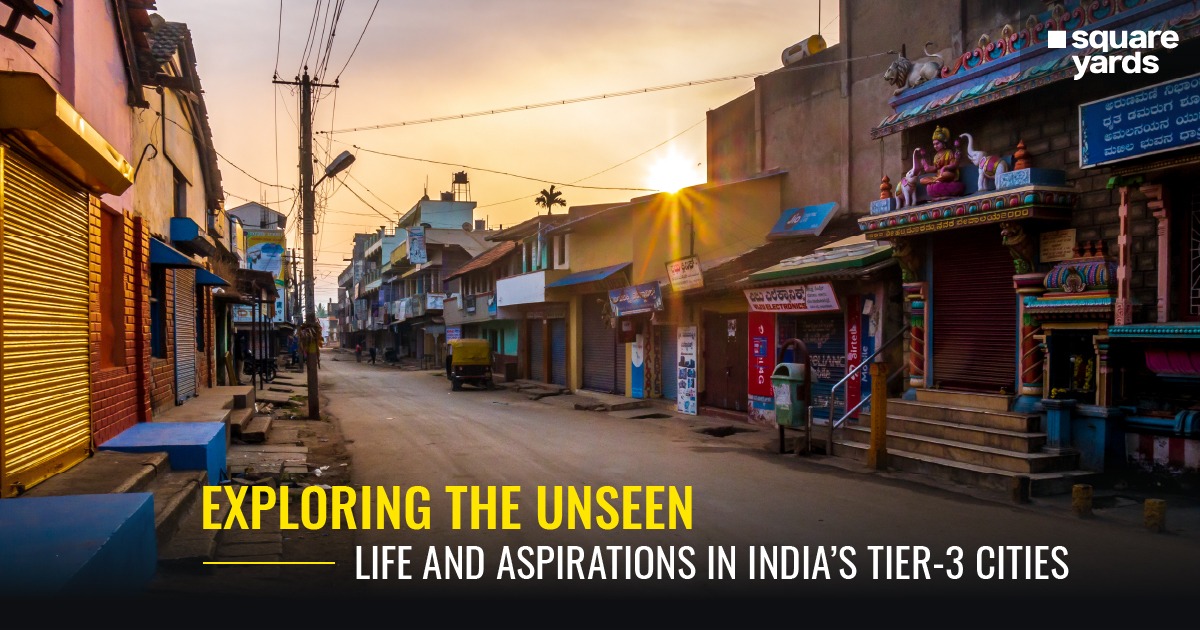A rich cultural heritage and some of the most stunning and fascinating monuments in the world may be found in India. Agra’s Chini ka Rauza is one such structure. It is a Mughal landmark from the 17th century renowned for its excellent architecture and beautiful ceramic tile work. This monument greatly illustrates how Persian and Indian architecture can coexist.
Agra, India, is home to the mausoleum known as Chini Ka Rauza. The mausoleum of Afzal Khan, a Persian poet who served as wazir under Shah Jahan, was constructed in 1635. On the Yamuna River’s banks, the tomb stands facing the Mecca Mosque. The mausoleum’s name and distinctive colour decorations and artwork are due to the Chinese tiles used in its construction. Every day from 10 am to 5 pm, the tomb is accessible to visitors.
Table of contents
Chini Ka Rauza History
The elaborate tile work at Chini Ka Rauza, which combines Persian, Arabic, and Chinese art, is well known. The great craftsmanship and artistic talent of the Mughal era are displayed in the elaborate tile work of Chini ka Rauza. Also, the monument is embellished with exquisite inscriptions in the Persian and Arabic languages that shed light on its cultural and historical significance. A monument to India’s rich cultural and historical past is Chini ka Rauza. It represents the blending of various cultural and aesthetic movements that took place throughout the Mughal era.
The monument serves as a reminder of the Mughal era’s contribution to Indian culture and its architectural brilliance and artistic quality. In addition to its importance to culture and history, Chini ka Rauza is a popular tourist destination in Agra. Many tourists worldwide flock to the monument to take in its beauty and discover its past. Being a tribute to the Mughal era’s superior creative and architectural achievements, Chini ka Rauza is a historically and culturally rich landmark. It’s exquisite inscriptions, and complex tile work offers insights into the monument’s cultural and historical significance, making it an important heritage site in India.
| Names of Owners | Year’s |
| Owner Duration Shah Jahan | 1639-1658 |
| Aurangzeb | 1707-1724 |
| Saadat Ali Khan | 1724-1739 |
| Mohammad Shah | 1739-1748 |
| Ahmad Shah Bahadur | 1748-1754 |
| Shuja-ud-Daula | 1754-1775 |
| Asaf-ud-Daula | 1775-1797 |
| Nawab Saadat Ali | 1797-1814 |
| British East India Company | 1814-1858 |
| British Government | 1858-1947 |
| Government of India | 1947-present (as a monument) |
It was constructed by the Mughal aristocrat Allama Afzal Khan Mullah in the 17th century, under the rule of Emperor Shah Jahan. The monument has been in many different hands over the years and has served a variety of functions.
The history of Chini ka Rauza’s owners is shown in the table above, along with how long they have owned it. It was first owned by Shah Jahan, who ordered the monument’s building in 1639.
His son, Aurangzeb, who governed the Mughal Empire from 1658 to 1707, received possession after his death. After Aurangzeb’s passing, Chini ka Rauza was given over to the Mughal Emperors, who ruled the nation until 1724. The First Nawab of Awdh Saadat Ali Khan I took over Chini ka Rauza and conquered Agra in 1724. He ruled until 1739, when Mohammad Shah, the Mughal Emperor, took over. The Mughal Emperors once more acquired control of the monument before Ahmad Shah Bahadur came to power in 1748. The Nawab of Awadh Shuja-ud-Daula conquered Agra and seized power over Chini ka Rauza in 1754.
His nephew Asaf-ud-Daula became king in 1775, ending his long reign. Asaf-ud-Daula ruled until 1797, at which point Nawab Saadat Ali, the second Nawab of Awadh, became the legal proprietor of the monument. The British East India Company owned Chini ka Rauza after they seized Agra in 1814. The British Government took over India following the Indian Rebellion of 1857, and they retained ownership of the monument until 1947, when India attained freedom. The Indian government has owned Chini ka Rauza since 1947, and it has been designated a monument. It is currently accessible to the general public and is a well-liked tourist destination.
Current Value of Chini Ka Rauza
The Archaeological Survey of India has designated Chini Ka Rauza as a protected monument and regards it as a priceless example of Indian architectural history. Visitors interested in the history and creativity of the Mughal era come here from all over the world.
Nonetheless, because Chini Ka Rauza has such a great cultural and historical significance, its value cannot be gauged only in monetary terms. It reflects the rich cultural history of India’s Mughal era and is a testimony to the talent and ingenuity of the artists who created its exquisite tilework.
Facts About Chini ka Rauza
- Agra, India, is home to the mausoleum known as Chini ka Rauza.
- It was constructed in the 17th century as a monument to Allama Afzal Khan Mullah, Shah Jahan’s prime minister.
- The monument is a superb illustration of Persian design and tile work.
- “Tomb of the Chinese craftsmen” is what the term “Chini ka Rauza” implies.
- The superb craftsmanship and artistic talent of the Mughal Empire are on display in the tile work of Chini ka Rauza.
- The monument is embellished with exquisite Persian and Arabic inscriptions.
- It serves as a reminder of the Mughal era’s outstanding creative and architectural achievements.
- A major tourist destination in Agra, Chini ka Rauza draws lots of tourists from all over the world.
How to Reach Chini Ka Rauza?
These are some methods for getting to Chini ka Rauza from various significant locations:
From the railway station in Agra Cantonment:
- To get to Chini ka Rauza, located 11 km away, take a taxi or an auto-rickshaw.
- From the railway station, you can alternatively take a local bus to Idgah Bus Terminal, where you can then take a different bus or a taxi to Chini ka Rauza.
From the railway station at Agra Fort:
- Chini ka Rauza is around 7 kilometres away; take a taxi or an auto-rickshaw.
- From the railway station, you can alternatively take a local bus to Idgah Bus Terminal, where you can then take a different bus or a taxi to Chini ka Rauza.
Arriving at Kheria Airport
- To go to Chini ka Rauza, located 11 kilometres from the airport, take a taxi or a pre-paid cab.
In Delhi:
- To get to Chini ka Rauza, take a train from Delhi to Agra Cantonment Railway Station and then follow the directions provided above.
- As an alternative, you can go from Delhi to Agra in a bus or private vehicle and then take a taxi or a local bus to Chini ka Rauza.
originating in Jaipur:
- To get to Chini ka Rauza, take a train from Jaipur to Agra Fort Train Station and then follow the directions provided above.
- As an alternative, you can go from Jaipur to Agra in a bus or private vehicle and then take a cab or a local bus to Chini ka Rauza.
Chini Ka Rauza Timings and Ticket Price
There is no entry charge to the monument, which is open from dawn to dusk.
Conclusion
In conclusion, Chini ka Rauza is a living example of India’s aesthetic and cultural legacy rather than merely a monument. Visitors worldwide continue to be in amazement and appreciated because of its magnificent tile work, complex construction, and lovely inscriptions. The structure is a resounding symbol of the nation’s rich heritage and cultural diversity. Everyone interested in the wonders of human ingenuity and inventiveness must go there.
Frequently Asked Questions (FAQs)
Who built Chini ka Rauza?
Shukrullah Shiraji Afzaf Khan, aka “Allami,” was close to Shah Jahan’s vizier. Shah Jahan was surprised that Shukrullah had constructed such a shrine for himself.
What is Chini ka Rauza?
A monument to India’s rich cultural and historical past is Chini ka Rauza. It represents a blending various cultural and aesthetic movements throughout the Mughal era. The monument serves as a reminder of the Mughal era’s contribution to Indian culture and its architectural brilliance and artistic quality.
Where is Chini ka Rauza?
In Agra, there is a popular tourist destination called Chini ka Rauza. The monument draws many tourists worldwide who come to appreciate its beauty and discover its history.


